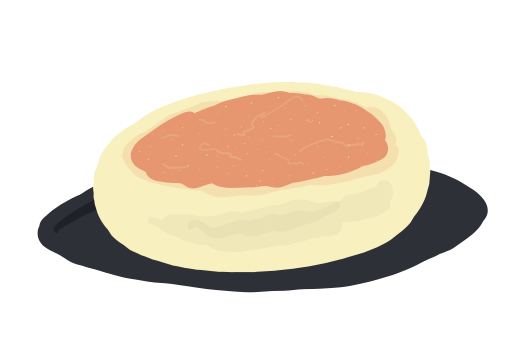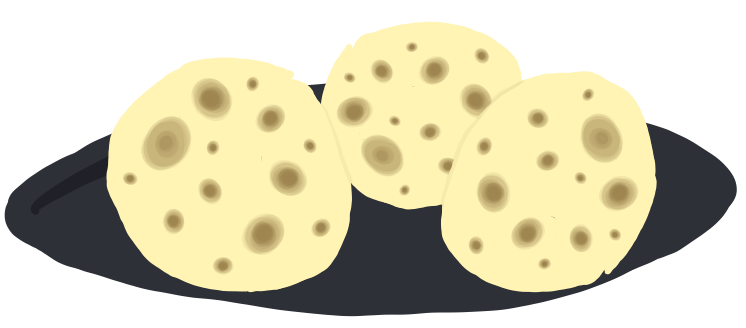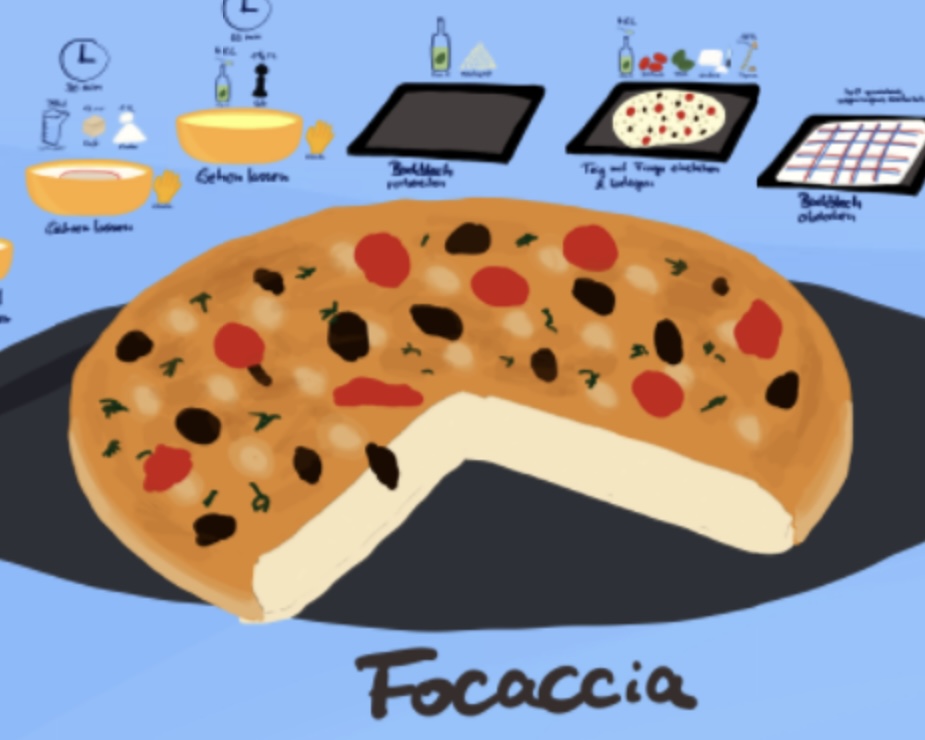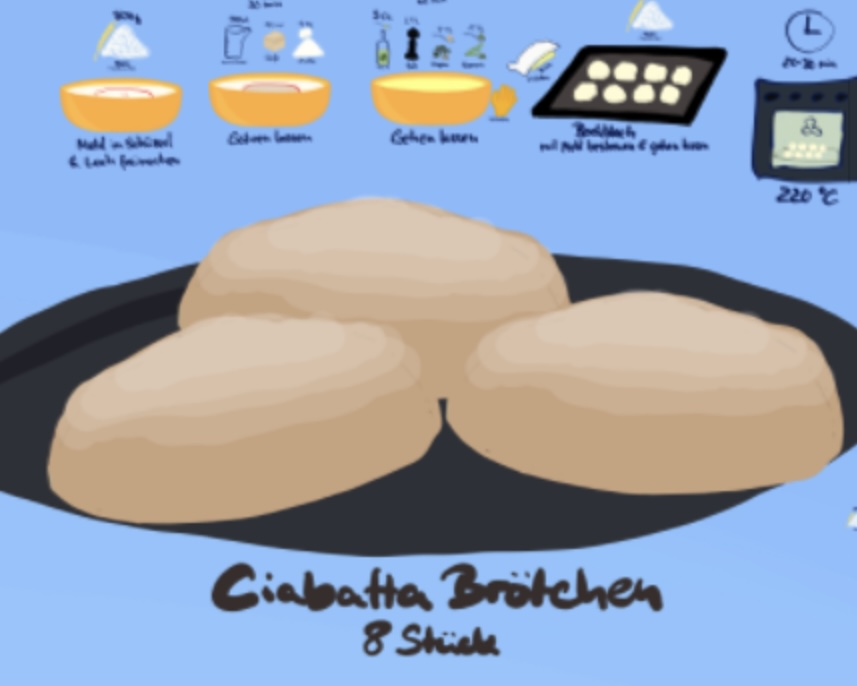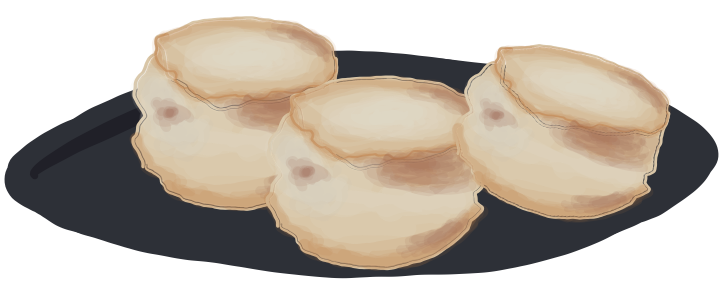Fresh Ciabatta Bread Recipe
Crisp crust and airy interior, perfect for sandwiches or dipping in olive oil.Instructions: Tap the Map & Cook Along 👇
Ciabatta: The Artisanal Delight of Italian Breadmaking
In the enchanting realm of artisanal baking, where each loaf tells a story of tradition and craftsmanship, ciabatta stands out as a beloved icon of Italian cuisine. Known for its rustic appearance and heavenly texture, ciabatta is not just bread; it’s a culinary masterpiece that combines simplicity with sophistication. Let’s explore the world of ciabatta, from its humble beginnings to its rise as a global favorite, and discover why this airy, chewy bread has captured the hearts of food enthusiasts everywhere.
The Birth of Ciabatta
Ciabatta, which charmingly translates to "slipper" in Italian, due to its elongated, flat shape, originated in the Veneto region in 1982. It was born out of a desire to create an Italian answer to the popular French baguettes, something unique that could hold its own in the burgeoning sandwich market. Created by a baker named Arnaldo Cavallari, ciabatta quickly became a symbol of Italian innovation in breadmaking, showcasing a perfect blend of old-world techniques and modern flair.
The Unique Texture and Flavor of Ciabatta
What sets ciabatta apart from other breads is its distinctive texture. The dough of ciabatta is wetter than most, which contributes to the creation of its characteristic large, open holes and wonderfully porous structure. This results in a loaf that is light and airy on the inside with a delectably crisp crust on the outside. Flavor-wise, ciabatta offers a subtle tang, often enhanced by the use of a preferment, like biga, which deepens its taste profile, giving it a complex, slightly sour flavor that is entirely irresistible.
Making Ciabatta: A Labor of Love
Crafting the perfect ciabatta loaf is a labor of love and a testament to the art of patience in baking. The process begins with the preparation of a biga, a type of pre-fermentation that is typical in Italian baking. This starter not only enhances the bread’s flavor but also contributes to its light, open texture. The high hydration level of the dough makes it challenging to handle, requiring gentle stretching and folding techniques to develop the gluten structure without deflating the dough. This careful handling is crucial in achieving ciabatta’s characteristic texture.
Versatility in the Kitchen
Ciabatta’s versatility makes it a favorite among chefs and home cooks alike. Its robust crust and soft, airy interior make it ideal for sandwiches, capable of absorbing dressings and sauces without becoming soggy. It’s also perfect for dipping into rich olive oils, hearty stews, or vibrant bruschetta toppings. Toasted, it becomes irresistibly crunchy, making it an excellent companion to any meal, from salads to pasta dishes.
Ciabatta Goes Global
Since its inception, ciabatta has transcended Italian borders and has become a staple in bakeries around the world. Its popularity has inspired a variety of adaptations, including whole wheat and multigrain versions, proving that good bread knows no boundaries. Ciabatta’s success lies in its ability to blend seamlessly into diverse culinary traditions, adopting new flavors and techniques while maintaining its distinct identity.
Conclusion
Ciabatta is more than just a loaf of bread—it’s a symbol of Italian creativity and a beloved staple in the global baking community. With its open crumb and rustic crust, ciabatta not only delights the senses but also invites bakers to engage in the rich tradition of Italian breadmaking. Whether you’re crafting a gourmet sandwich, setting the table for dinner, or simply enjoying a slice with olive oil, ciabatta offers a taste of artisanal baking at its finest, proving that sometimes, the simplest ingredients can give rise to the most extraordinary foods.
